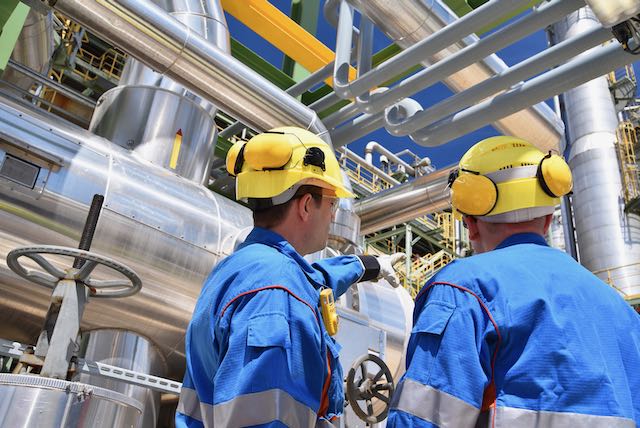TapRooT® Advanced Techniques Spotlight: Critical Human Action Profiling

If you are unfamiliar with Critical Human Action Profiling (CHAP), imagine task analysis meets change analysis. It is a detailed process that will help you understand and document the information about the critical human actions that caused or could have caused an incident. It is an investigation tool that helps identify the essential evidence that drives a proper root cause analysis of complex or difficult-to-understand human performance problems. You use CHAP during your investigation to gather and document the elusive evidence needed for root cause analysis.
The TapRooT® Advanced Team Leader Training includes proper CHAP instruction and practice. If you ever have trouble finding evidence around complex or difficult-to-understand human performance problems, CHAP is for you!
During the CHAP process, we want to discover two viewpoints:
- How the work is to be successfully performed and what the worker needs to do it.
- How the work was performed during the incident and what was missing when they did it.
The basic steps of performing a CHAP:
- Analyze the work to be done and break it down into steps.
- Identify the Critical Human Actions that are critically important. They are the steps when something could go wrong and cause an incident.
- Develop Critical Human Action Profiles for the two viewpoints above.
- Compare the profiles.
- Document any changes or discrepancies to your SnapCharT®.
CHAP helps organize efforts during the investigation. The process helps gather the essential evidence that moves everyone away from blame and bias.
Most people make mistakes when something is different. They may disregard a policy or take shortcuts to get the job done. They may face adversity that prevents them from doing the job correctly. They find a workaround to get the job done and sometimes it works out. They may even get an “atta boy” for completing the job on schedule.
But sometimes the shortcut or workaround bypasses a safeguard and something bad happens. Now the conversation is completely different with this worker. Instead of an “atta-boy”, it’s “we didn’t train you to do it like this” or “I can’t believe you took that risk”. Now the conversation turns to how to prevent that person from taking the shortcut instead of trying to identify the system weaknesses or root cause that allowed the shortcut to be taken without consequences. That typically is discipline, retraining, or putting more rules in place.
If we can’t identify the difference or the adversity the worker faces, we can’t use the information during root cause analysis. We will misidentify the root causes and waste time and resources fixing things that may not need fixing. That could create more problems like disgruntled workers. We hurt our culture by creating blame-oriented corrective actions, like retraining someone when everyone knows deep down training wasn’t the issue.
Prove your Findings with CHAP
CHAP is an excellent investigation technique because it helps you organize and document evidence while finding the discrepancies between how to do the job correctly and how it was done the day of the incident. If you use that hard evidence in root cause analysis, you can prove your findings. You can point back to the specific evidence to prove your findings. That is extremely important when major issues happen and you need everyone to have confidence you investigated well, found the problems that needed to be solved, had a proper root cause analysis on those problems, and created effective corrective actions to prevent the problems from reoccurring. I recommend using CHAP when:
- a serious injury has occurred.
- potential regulatory or legal action is expected.
- the incident includes complex human performance and decision-making.
- it’s hard to understand why a human performance-related incident occurred.
CHAP is just one of the techniques covered in the TapRooT® 5-Day Advanced Team Leader Training. You’ll find more techniques to help you uncover critical evidence by attending this course. Follow this link to find TapRooT® Training near you.
If you would like to book a TapRooT® Executive Briefing and Demonstration or have questions about TapRooT® Training, drop me a line at marcus@taproot.com.



